
Last summer, I wrote a post about my 5 Favorite Things about Music Learning Theory (MLT). You can read it here. In that post, I wrote about why MLT connected with me as an educator. Many of you shared with me that you knew of MLT, but wanted to know what actually happened in my classroom. That got me thinking…
If I said I used Kodaly, you most likely would know that my lesson would use a highly sequenced approach to teach music reading beginning with sol-mi songs, Curwen hand signs, and lots of singing. If I said I used Orff, images of children singing, moving, and creating music based on a pentatonic scale using a roomful of xylophones and metallophones might come to mind. Now, if I said I used MLT, you might imagine….

|
Crickets… |
Yep, those are crickets, cause that’s what I’m hearing! No, seriously, when I tell someone I use MLT as the foundation of my teaching, the typical response is – “Is that the one with all the patterns?”
Yeah, MLT is the one with all the patterns and SO MUCH MORE!
Typical MLT Lesson
- Greeting Song – Yes, we sing in MLT land. All the time! Singing is vital to MLT instruction, because it’s one of the ways we demonstrate what we know! I always begin class with some kind of greeting/warm-up activity.
- Pattern Instruction – You knew it was coming! But here’s the reality: pattern instruction is only 3-5 minutes of my daily instruction. What is it? Pattern instruction is highly sequenced and the foundation of all music learning. Think of it like learning sight words. Once you know your sight words, your capacity to read/understand is greater. The same is true of music patterns. Pattern instruction is a sacred time in my room as it’s my opportunity to hear every child in my room sing or chant individually. It’s important to know that sometimes pattern instruction aligns with what I’m doing with the classroom, while other times it’s previewing or reviewing information we need.
- Classroom Activities – We do all the same songs, chants, and instruments that YOU do in your music room. The major difference is that we’re always modeling for students how to listen actively to music, how to understand what they’re hearing, and apply what they’ve learned – it’s always about audiation!
- Movement Activities – Movement is an integral part of MLT instruction. Our movement sequence is a bit difference than other approaches as it’s based on Laban movement: flow, weight, space, and time. When students understand how to organize their energy into movement, they better understand how to place beat in space in time and are less likely to rush. So before we ever work on beat, we work on understanding how our bodies move. Of course, we do many of the traditional folk dances too – but those typically come a bit later.
- Improvisation Activities – Improvisation is an integral part of a MLT classroom. Through improvisation, we are able to communicate what we know musically. The improvisation activities are typically rhythmic or tonal in nature and small conversations using patterns first, before moving into melodic improvisations.
Are you still having a hard time envisioning my classroom? Check an example of a lesson plan below! Want to know more about MLT? Did you know there is an organization called GIML (Gordon Institute for Music Learning)? They offer 2-week certification levels about MLT in early childhood music, elementary music, instrumental music, and piano instruction all over the United States each summer. You can find out more here.



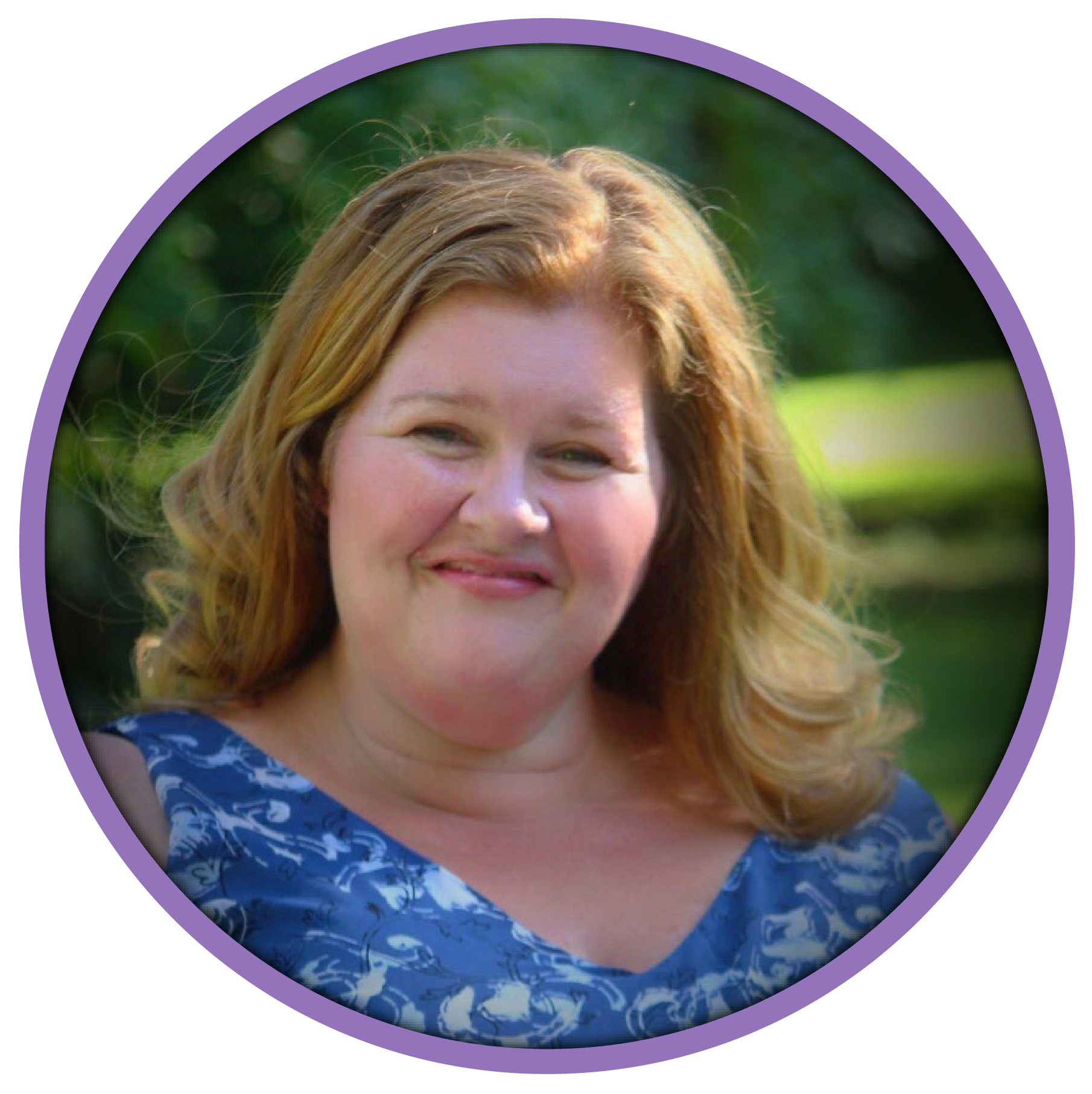
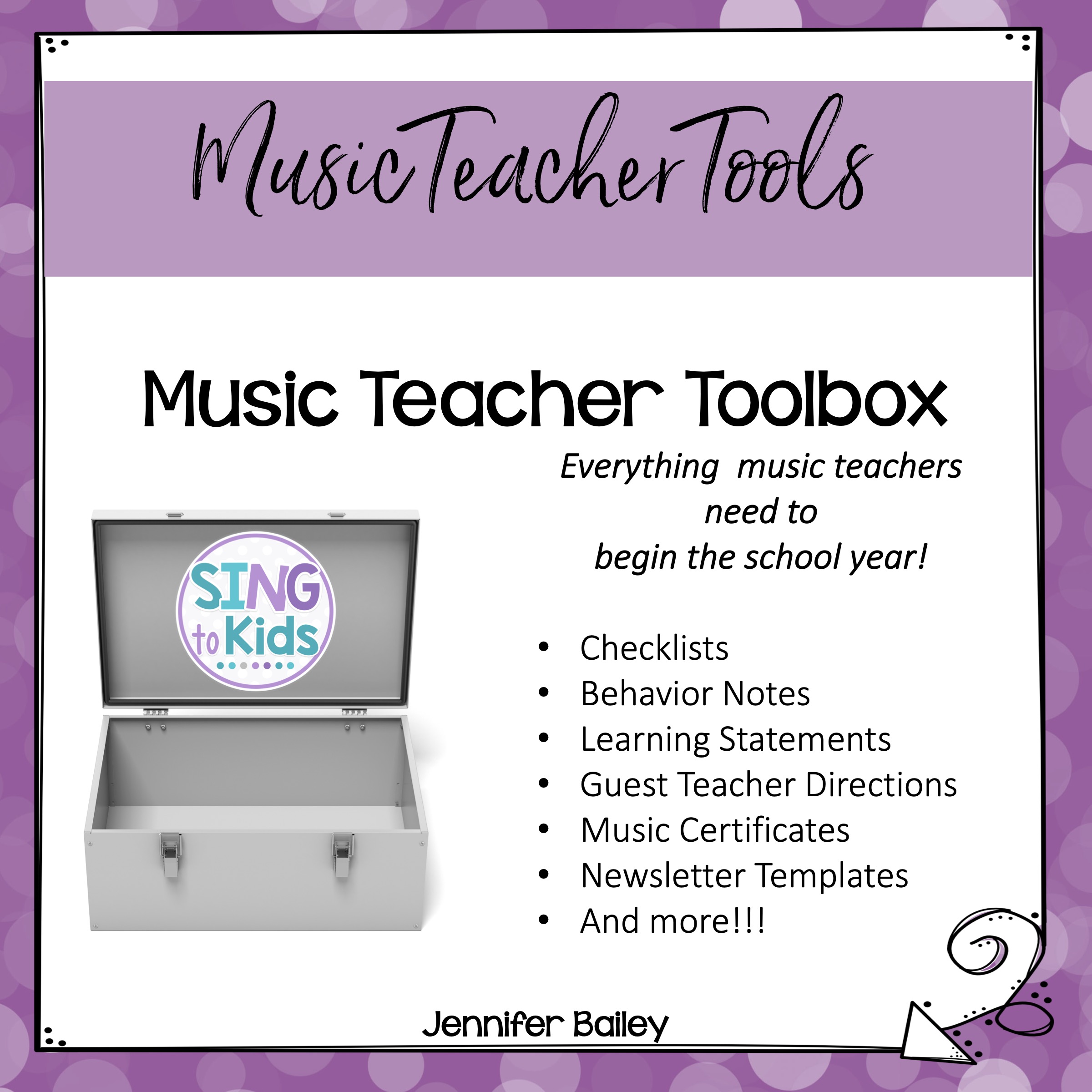

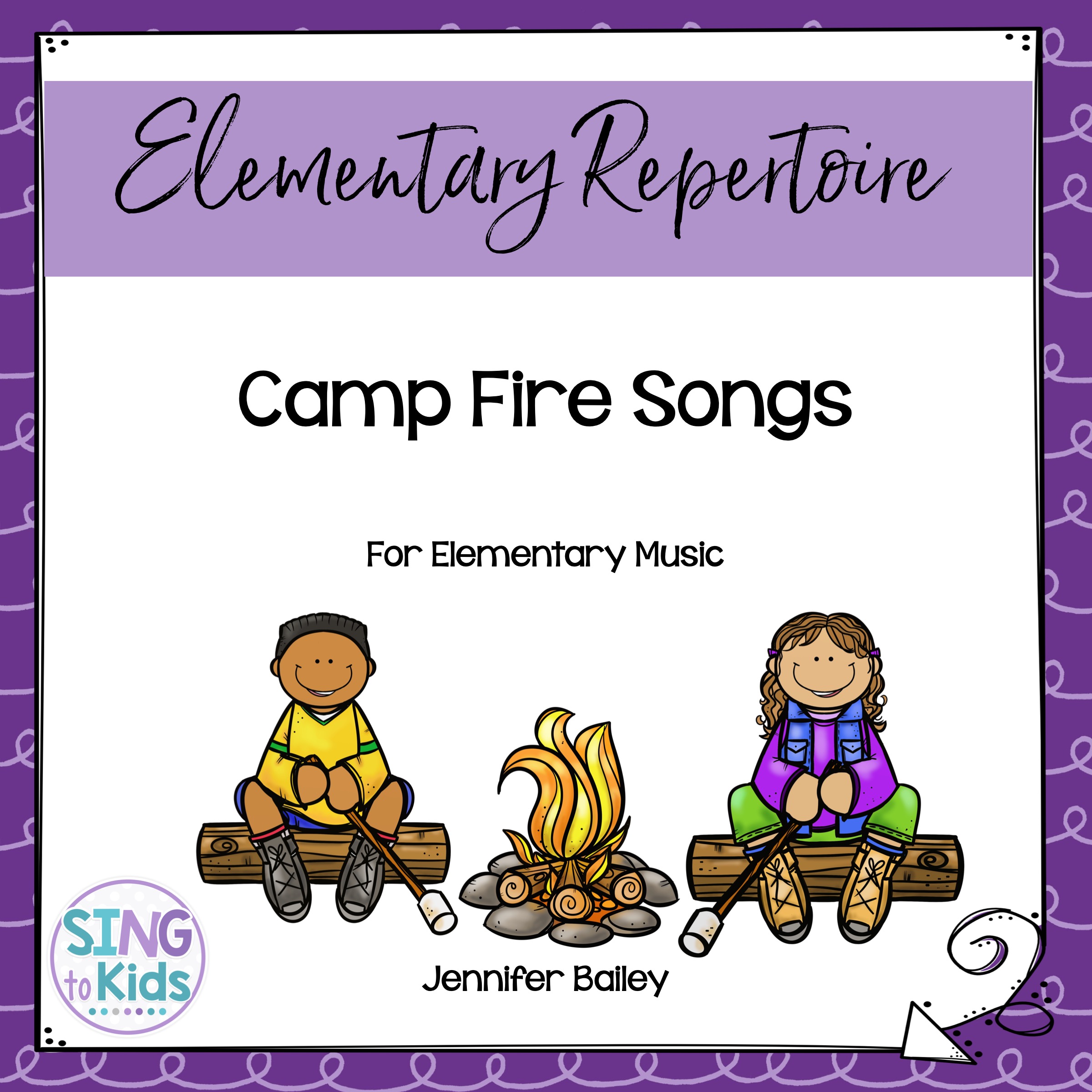
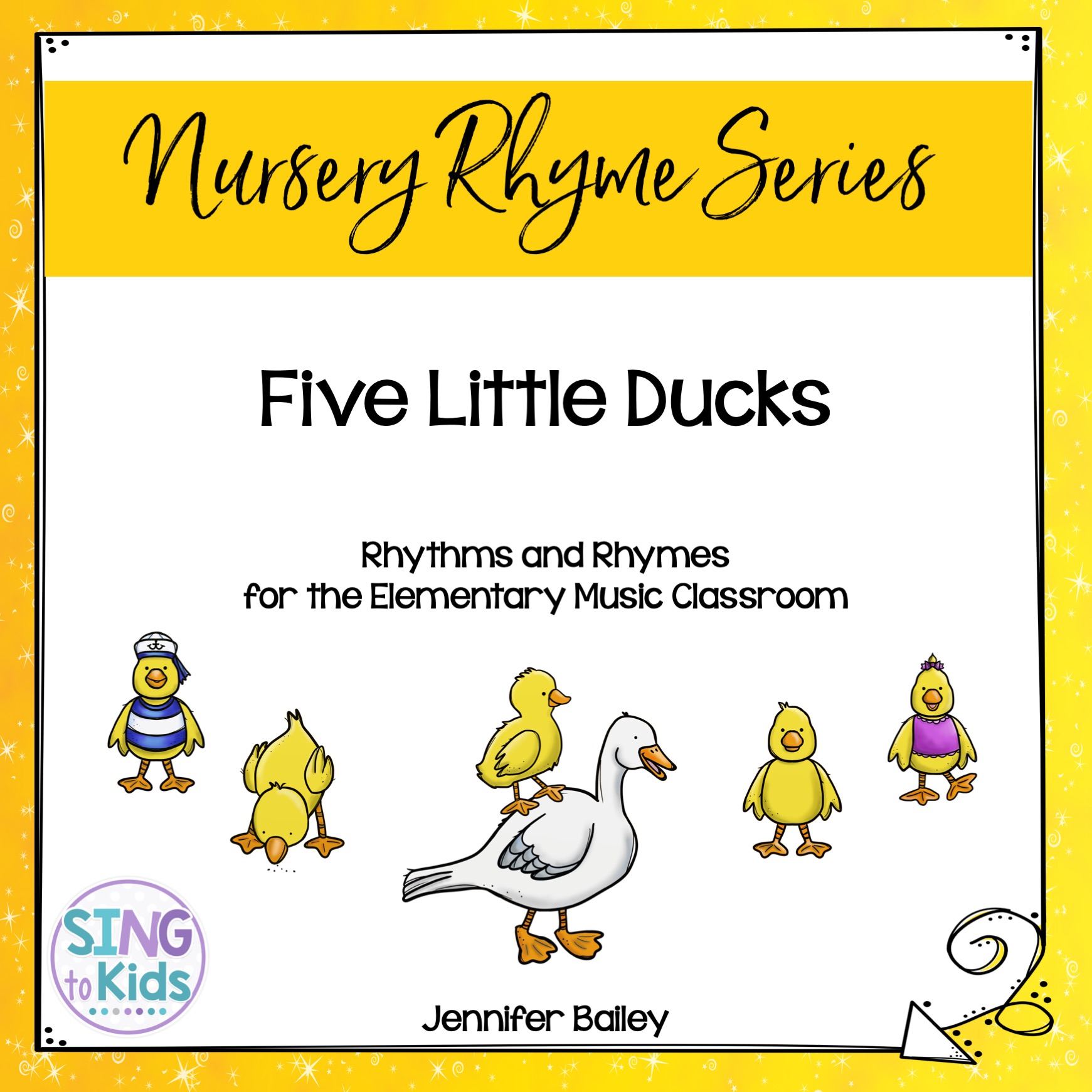
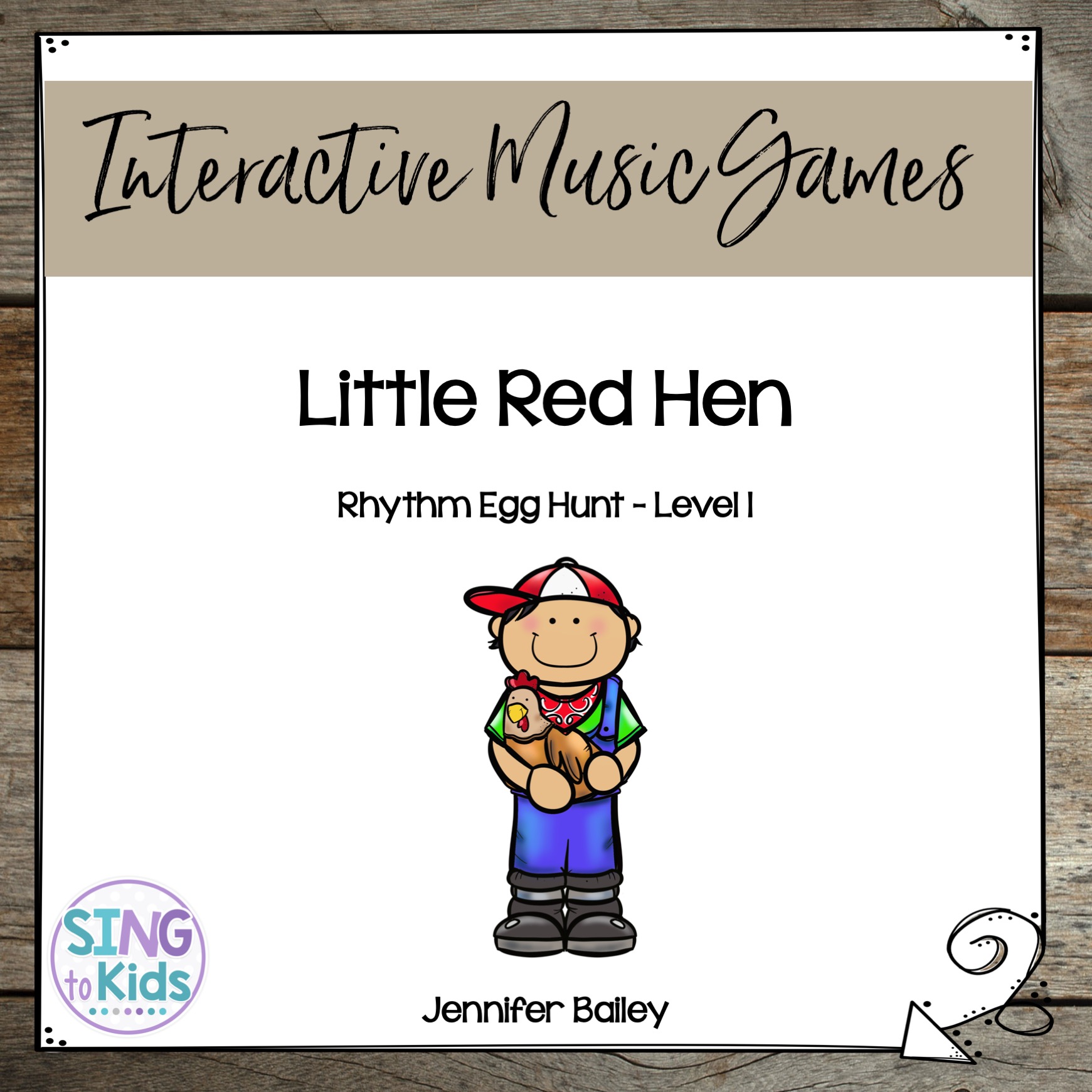
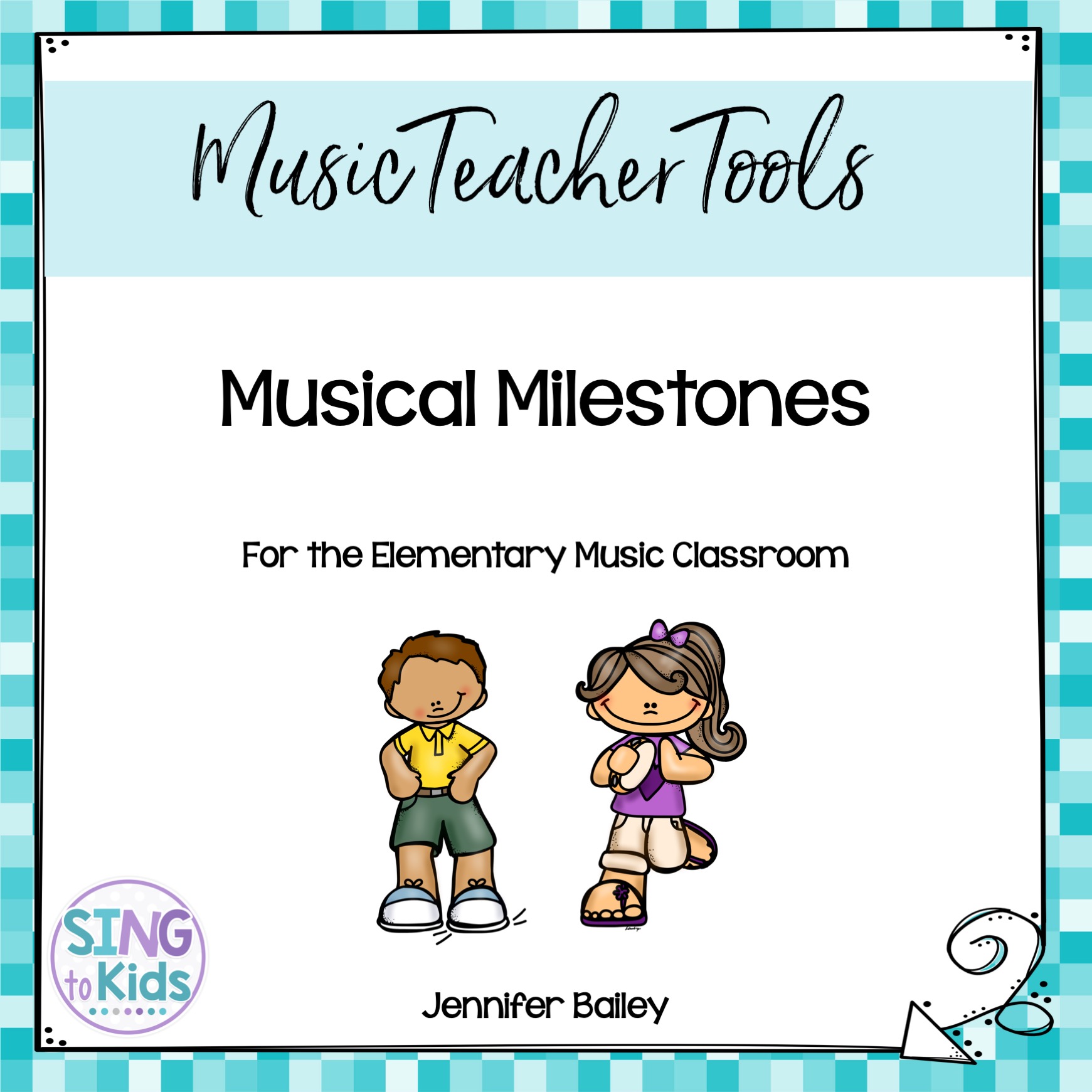
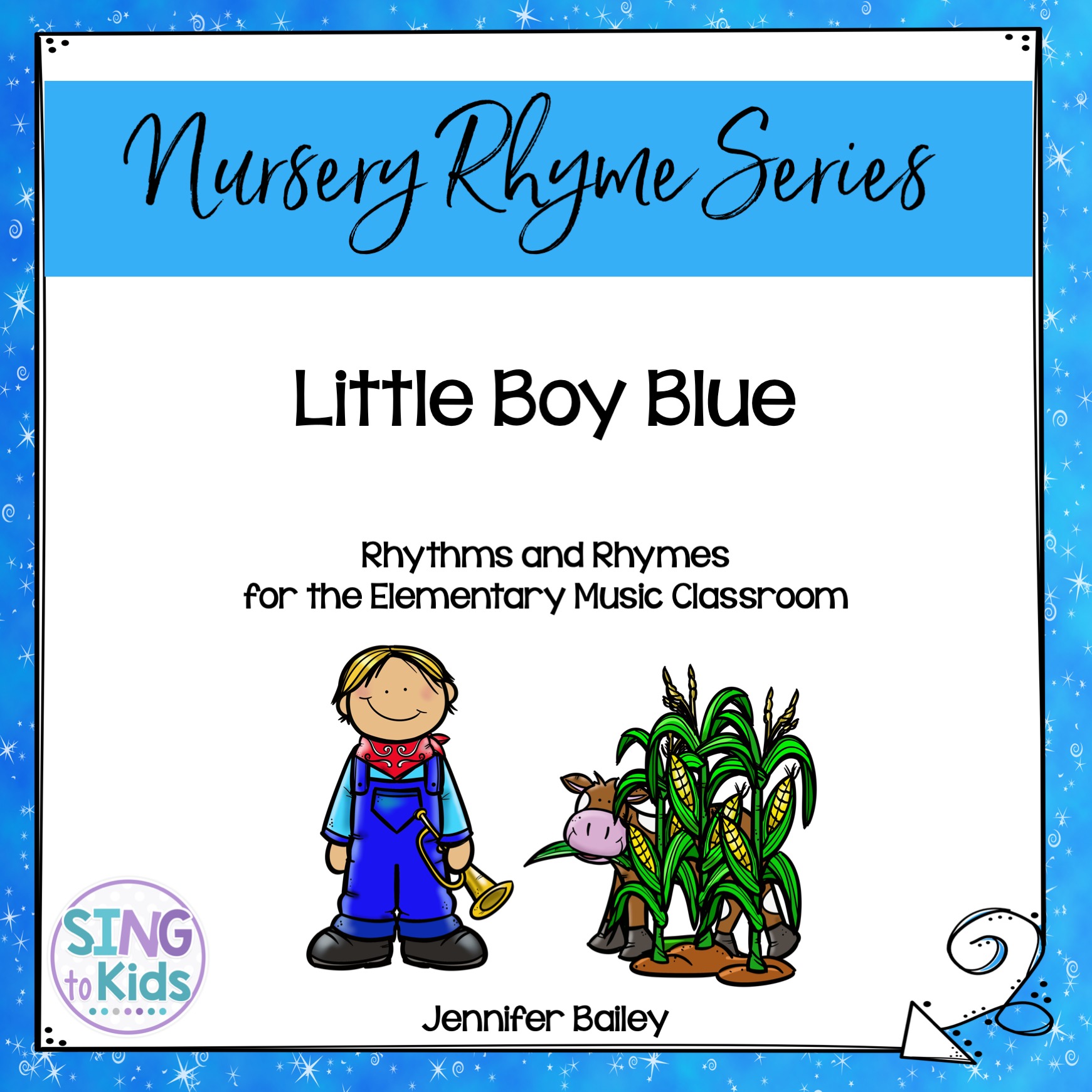
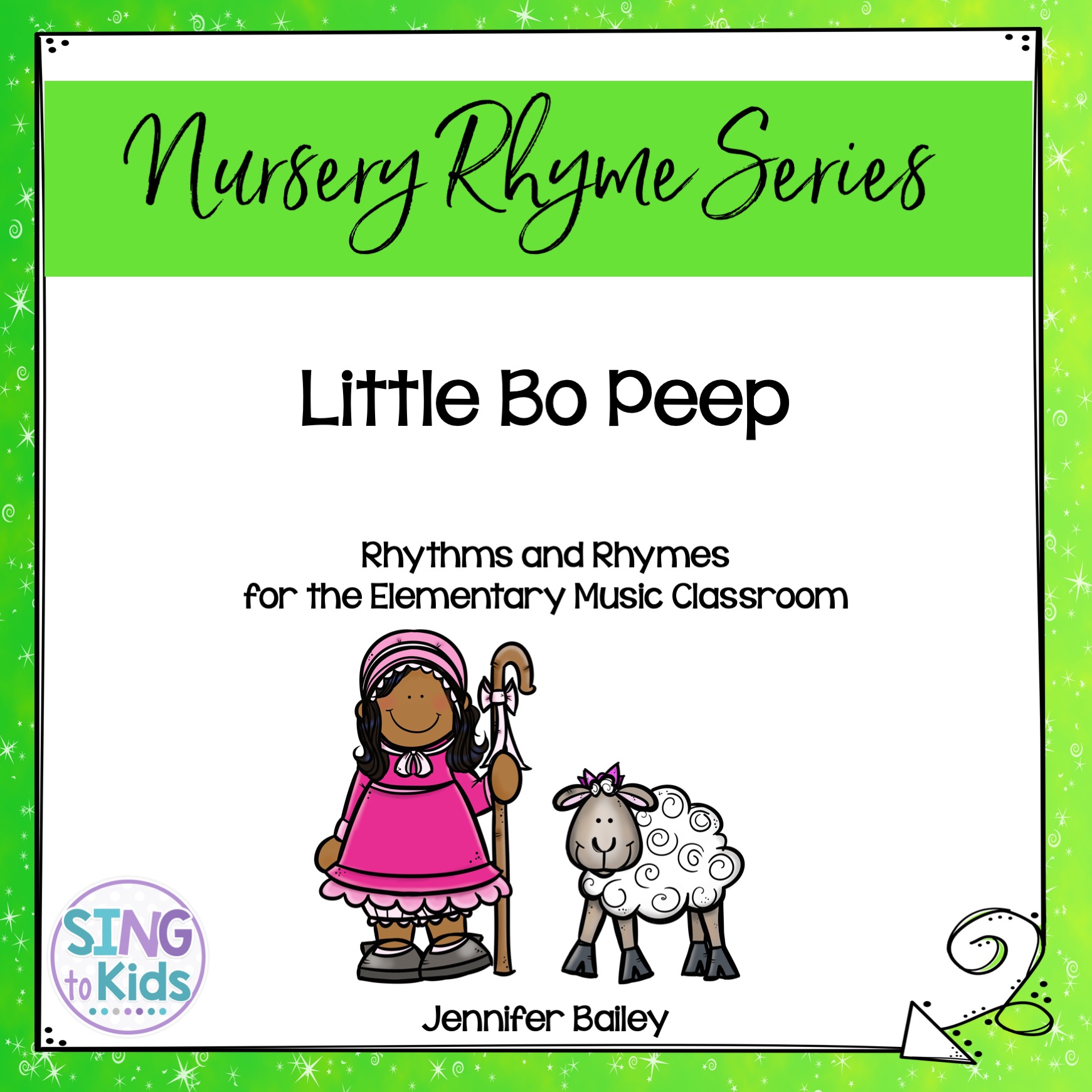
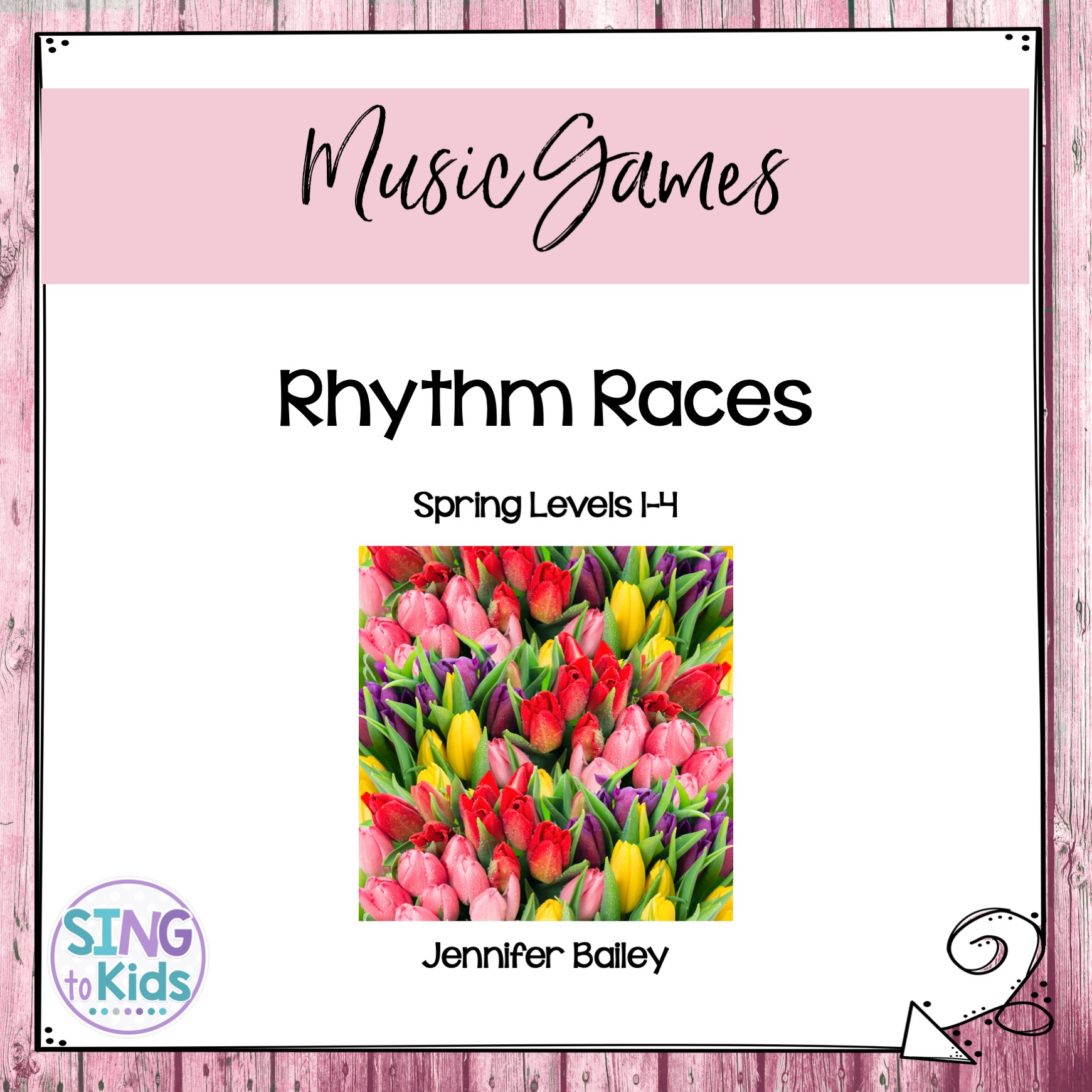
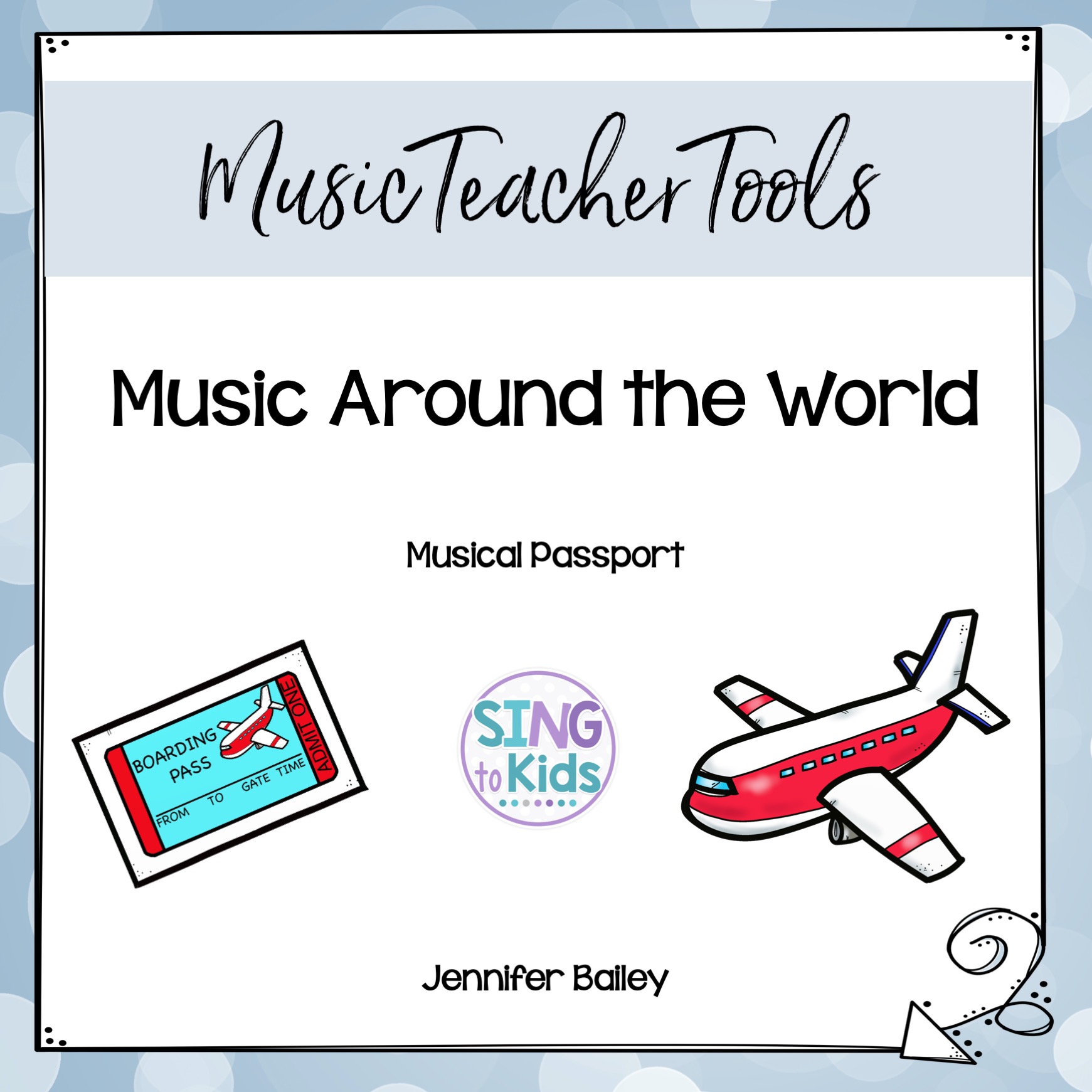
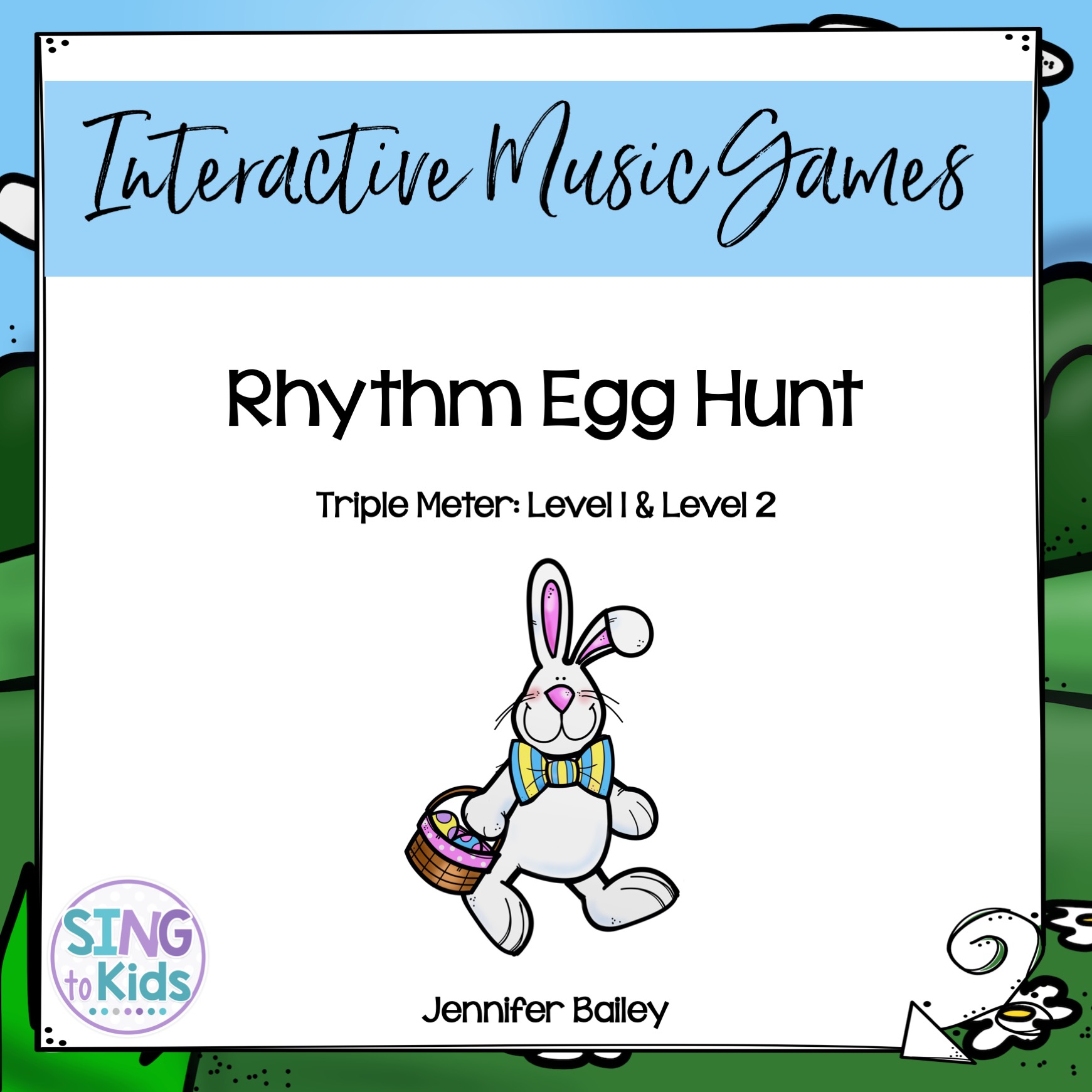
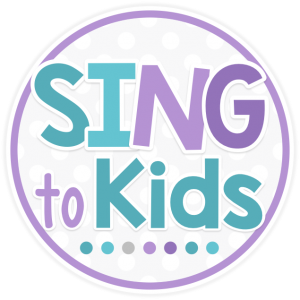

Trackbacks/Pingbacks